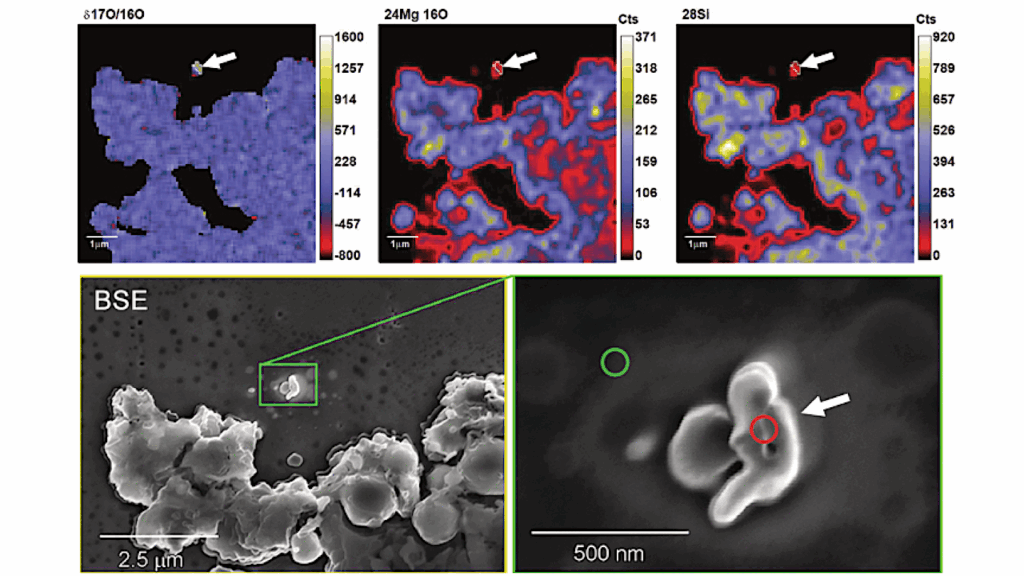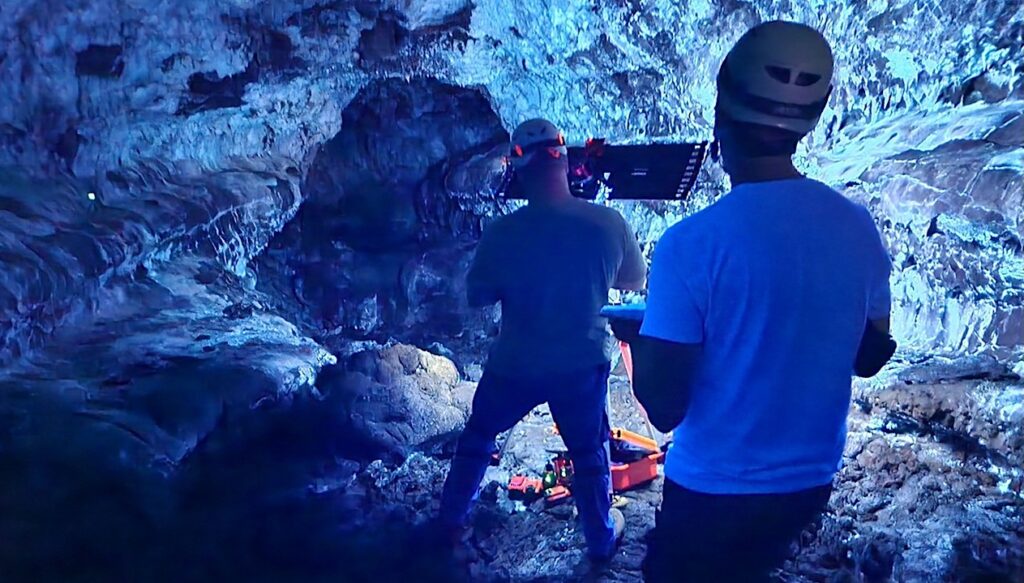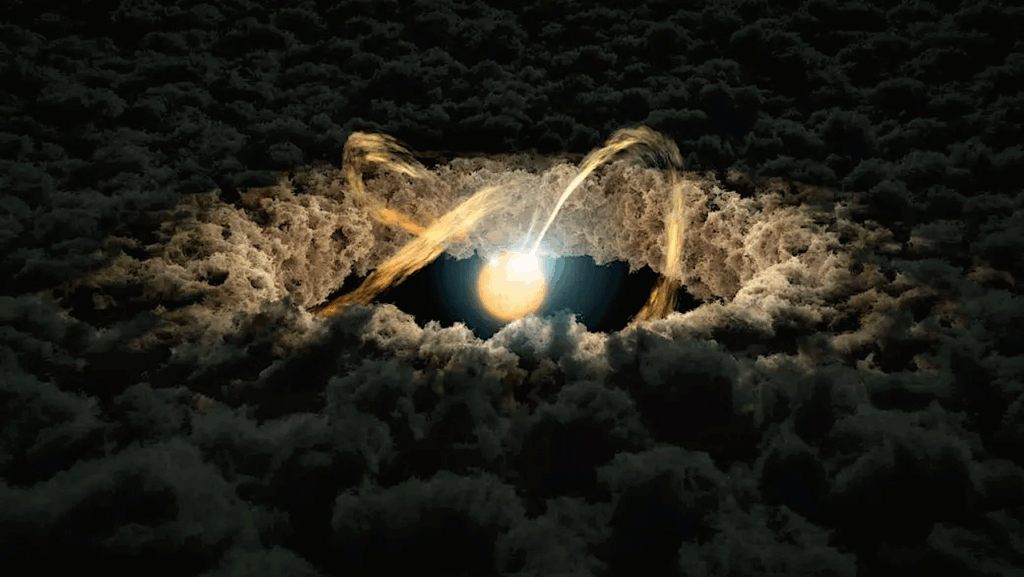Forming Rocky Exoplanets Around K-dwarf Stars
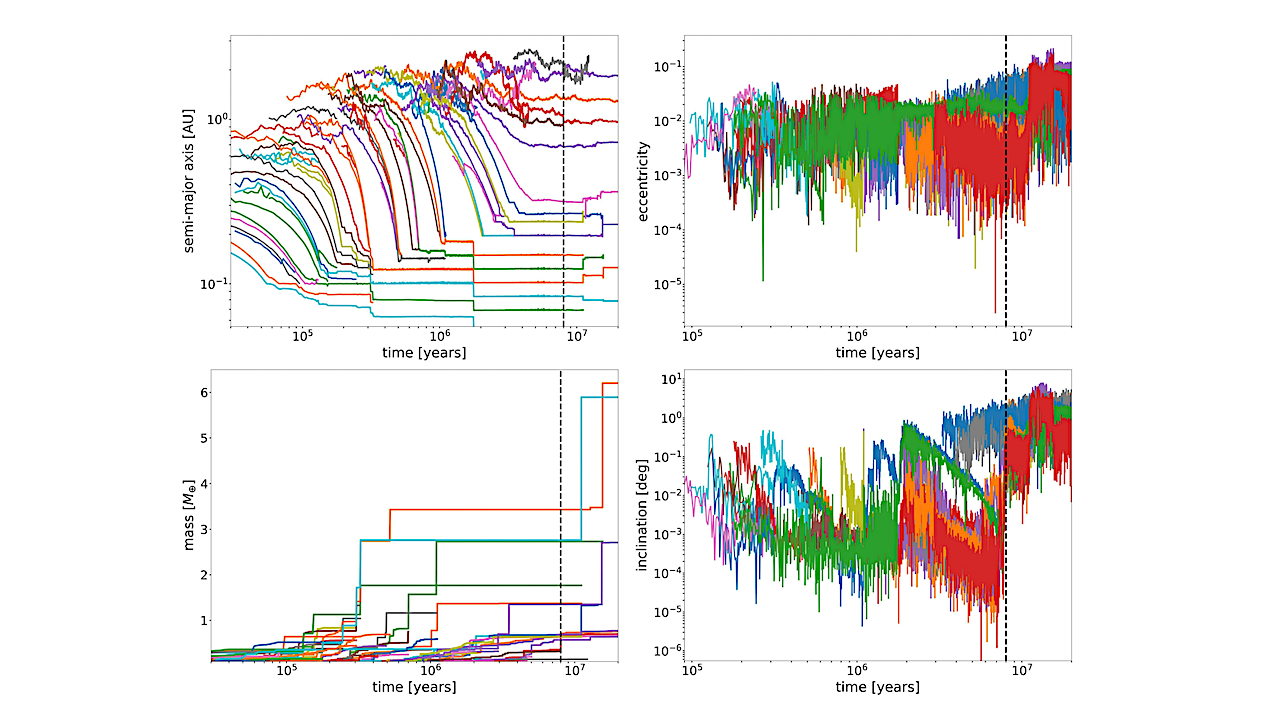
How multiple close-in super-Earths form around stars with masses lower than that of the Sun is still an open issue.
Several recent modeling studies have focused on planet formation around M-dwarf stars, but so far no studies have focused specifically on K dwarfs, which are of particular interest in the search for extraterrestrial life.
We aim to reproduce the currently known population of close-in super-Earths observed around K-dwarf stars and their system characteristics. We performed 48 high-resolution N-body simulations of planet formation via planetesimal accretion using the existing GENGA software running on GPUs.
In the simulations we varied the initial disk mass and the solid and gas surface density profiles. Each simulation began with 12000 bodies with radii of between 200 and 2000 km around two different stars, with masses of 0.6 and 0.8 M⊙. Most simulations ran for 20 Myr, with several simulations extended to 40 or 100 Myr. The mass distributions for the planets with masses between 2 and 12 M⊕ show a strong preference for planets with masses Mp<6 M⊕ and a lesser preference for planets with larger masses, whereas the mass distribution for the observed sample increases almost linearly.
However, we managed to reproduce the main characteristics and architectures of the known planetary systems and produce mostly long-term angular-momentum-deficit-stable, nonresonant systems, but we require an initial disk mass of 15 M⊕ or higher and a gas surface density value at 1 AU of 1500 g cm−2 or higher. Our simulations also produce many low-mass planets with M<2 M⊕, which are not yet found in the observed population, probably due to the observational biases. The final systems contain only a small number of planets, which could possibly accrete substantial amounts of gas, and these formed after the gas had mostly dissipated.
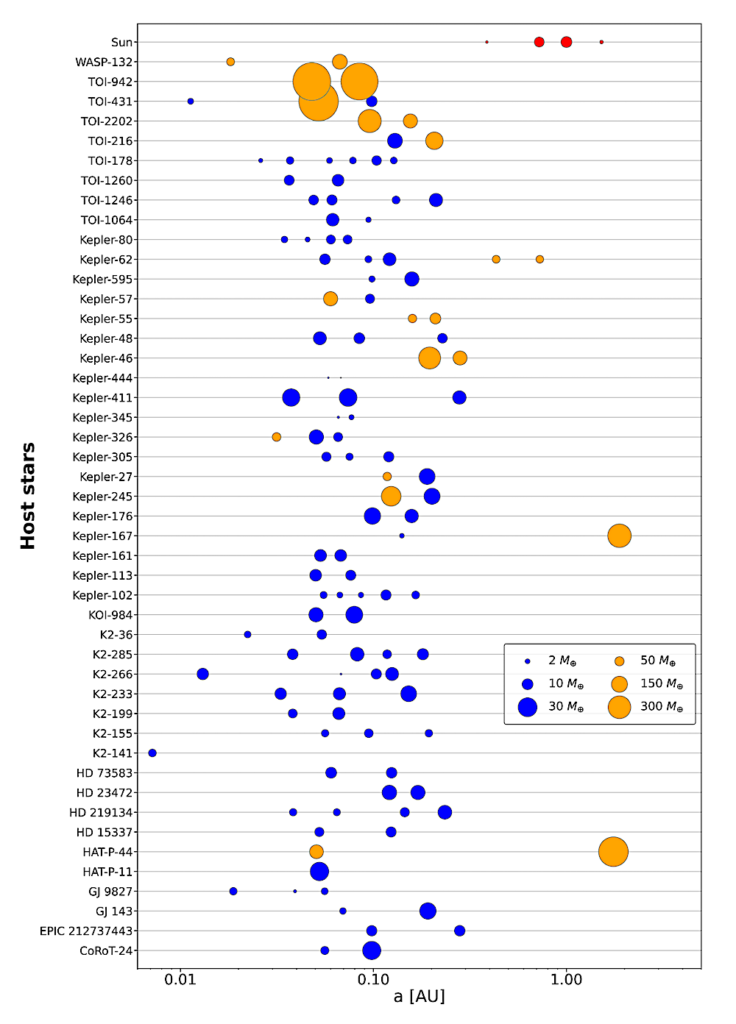
Currently known multi-planet systems around K-dwarf stars. Only planets with known masses are presented. The sample was retrieved from https://exoplanetarchive.ipac.caltech.edu/ on December 4, 2022. Giant planets with masses > 30 M⊕ are shown in orange, and all planets with lower masses in blue. Terrestrial Solar System bodies are included for comparison (in red). The point size indicates the masses in M⊕ of the observed planets. Note the different size scale of the different colored bodies (blue and orange). Additionally, the markers representing the Solar System bodies are enhanced by a factor of 10 with regard to the planets indicated in blue for better visualization. — astro-ph.EP
P. Hatalova, R. Brasser, E. Mamonova, S. C. Werner
Comments: 27 pages, 29 figures, to be published in Astronomy & Astrophysics
Subjects: Earth and Planetary Astrophysics (astro-ph.EP)
Cite as: arXiv:2308.06236 [astro-ph.EP] (or arXiv:2308.06236v1 [astro-ph.EP] for this version)
Submission history
From: Petra Hatalova
[v1] Fri, 11 Aug 2023 17:08:34 UTC (6,365 KB)
https://arxiv.org/abs/2308.06236
Astrobiology,




